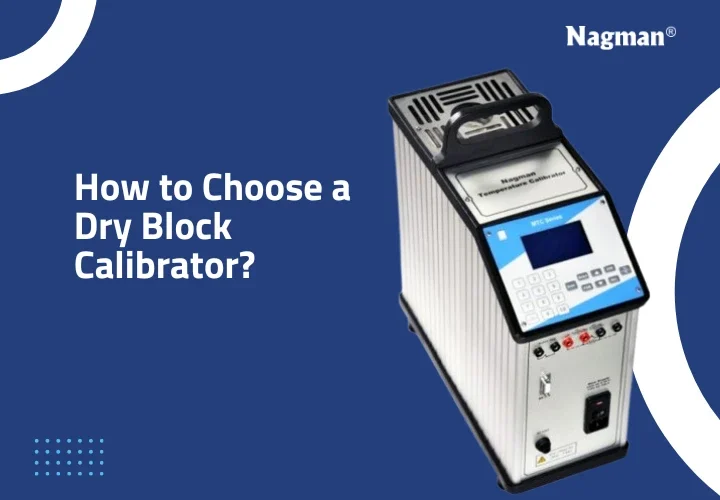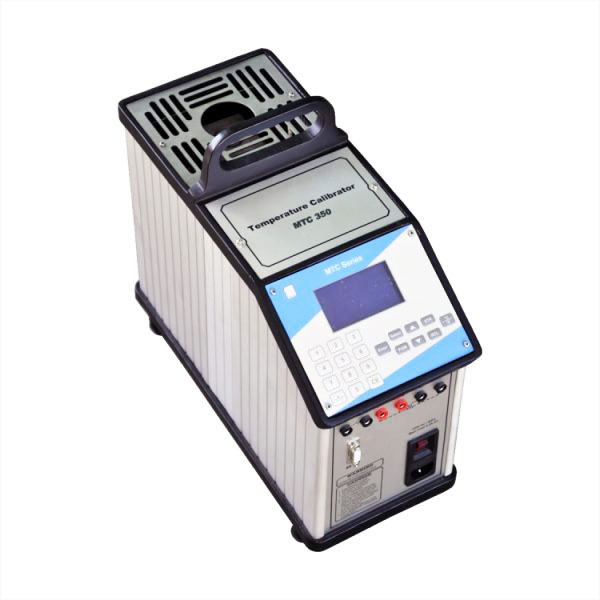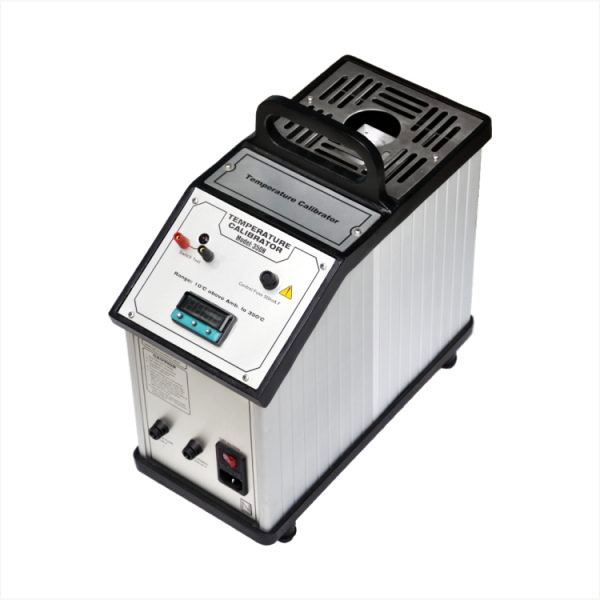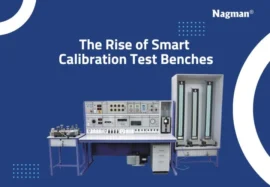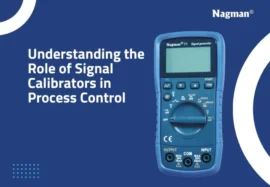What are dry block calibrators?
Dry block calibrators are versatile instruments used to heat or cool metal blocks to various temperatures. It is used as a source of temperature for dial thermometers, thermocouples, and resistance temperature detectors and is widely used in manufacturing industries. Dry block calibrators are stable, accurate, portable and resourceful.
Since dry block calibrators are multifunctional and widely used, it is important to remember important points to choose the right dry block calibrator.
What to remember while choosing a dry-block calibrator?
The temperature range
Dry-block temperature calibrators can sense a range of temperatures. It is important to identify the temperature needed for calibration. It is advised to choose dry-block calibrators that are beyond the measurement range by ±10 °C.
Dry block calibrators range from low to medium to high heat. Low-temperature calibrators are suitable for freezers and freeze dryers that have a temperature from –95ºC to -50 ºC. Medium-range dry-block calibrators are used for steamers and sterilizers. High-temperature calibrators are suitable for automation and advanced instruments of food processing.
Size and type of the temperature sensors
Dry block calibrators consist of pre-drilled holes of various diameters in which the test device is connected in order to heat or cool down. During calibration, the device is connected to the calibrator through the holes; hence, it is crucial to keep in mind the connecting facilities while choosing the dry-block calibrator.
Dry-block calibrators work excellently with dial thermometers, thermocouples and Resistance Temperature Detectors (RTDs). Long, straight and suitable transmitters can fit perfectly in most dry-block calibrators. Hence, ensure the size of the transmitters is suitable to connect.
Portability
Dry Block calibrators are versatile instruments and are used in many areas of manufacturing. While choosing a dry-block calibrator, it is important to take into account the portability of the instrument as it comes in various sizes. The size and weight play pivotal roles as well. Be sure to choose a compatible size which is easy to carry according to the use of the calibrator.
Sensor Immersion
Sensor immersion is important to choosing the right dry-block calibrator and, if not taken seriously, can lead to errors in calculations. Immersing a smaller sensor can affect the calculations by 10 degrees; hence, it is important to choose the right dry-block calibrator. To get accurate calculations, choose the near-perfect calibrator and rely on comparison calculations for a final result. Use various diameters and sizes to compare.
To calibrate many sensors, get a versatile block calibrator that allows you to insert more than two probes simultaneously.
Dry-block calibrators or Temperature Baths?
While dry block calibrators and temperature baths are used for the same purposes, it is essential to compare and analyse both instruments to determine the most suitable one.
Dry-block Calibrators – Dry-block calibrators are typically connected to the temperature sensor that is being calibrated and feature holes of various diameters for testing temperature. It provides a stable temperature, is portable and is adjustable. The temperature is displayed in the instrument; hence, a reference to the thermometer can be eliminated. Dry-block calibrators are stable, can calibrate more than one sensor at a time and are compact.
Temperature Baths – A Temperature Bath is a sensor that requires a stirred fluid to test various temperature points. A thermal liquid, like water, oil or ethanol, is used to provide thermal contact.
Also Read: Temperature baths vs. dry-block calibrators
Temperature baths are excellent sources of thermal stability, uniformity and contact. It offers a wide volume, hence suitable for sensors of a variety of sizes. Portable temperature baths come with displays, while large baths require thermometers for accurate calculations. It comes in various sizes like micro baths, portable baths, deep-well compact and standard size.



